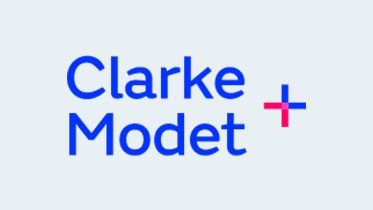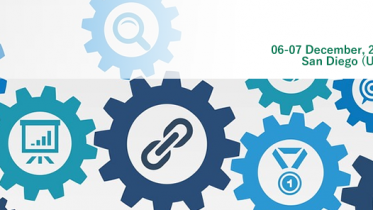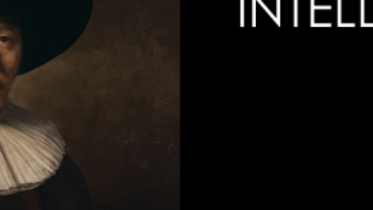Copyrights on Internet
- 04 December 2012
- Articles
There is no shadow of a doubt that the unstoppable development of new digital technologies has made the Internet the fastest growing media. The World Wide Web contains numerous types of files containing both user-generated content and modified versions of third party content.
According to a decision issued by the Commercial Court on 20 June 2007, “it is from the world of computing and telematic networks that a new vision of culture and information processing is emerging…” adding that that world is “free of the shackles and restrictions attributed to exclusive rights protected by Intellectual Property Laws”. The latter statement is a direct attack on Intellectual Property rights which derive, in most cases, from the use of digital contents on the Internet.
Intellectual property, which protects intellectual creations regardless of the media on which they appear, is a victim of online attacks, which is having a direct impact on the development of the Internet, where all manner of registered content is distributed illegally.
There are numerous situations when third party contents where intellectual property rights should be taken into account, however, these are unprotected due to of poor copyright management which leads to infringement by those users.
What we are talking about are simple, everyday situations such as posting a video of a group of friends who have got together to create a parody of Alejandro Sanz’s latest video using his music as the soundtrack or using your favourite singer’s latest song as the soundtrack to your blog so everyone can enjoy it.
Copyrights inherent to digital content can be viewed on web pages under the terms Copyright and Copyleft. While Copyright focuses on author’s rights and the fact that authors have rights over the manner in which their works are used, Copyleft alludes to the author’s waiver of exclusive rights over these, allowing users to exercise the rights set forth in article 17 of the Intellectual Property Law, which are rights to reproduce, distribute, public communication and transform the works.
Given the inevitable online exposure of contents, there are mechanisms that enable authors to regulate the way their works are used, which set guidelines regarding how to act to avoid breaching these requirements.
Creative Commons licences are worth a mention, these being based on four conditions which, when combined, can give rise to six different types of licences.
These conditions are: attribution, which gives credit to the author or source, prohibition against commercial use, no derivatives, which prohibits all but verbatim copies of the work and a final condition inherent to Copyleft, which is a general method for making use of a work unrestricted. Users should be aware of these conditions when using the content available on the Internet.
The result of the above leads us to the conclusion that processing and managing Copyrights over digital content in a virtual setting is an extremely controversial subject.
An in-depth analysis of the different mechanisms available for protecting such content is doubtless required, given that breach of author’s rights is already the order of the day and is a trend that is sure to grow along with the rising number of users with access to new technologies.







